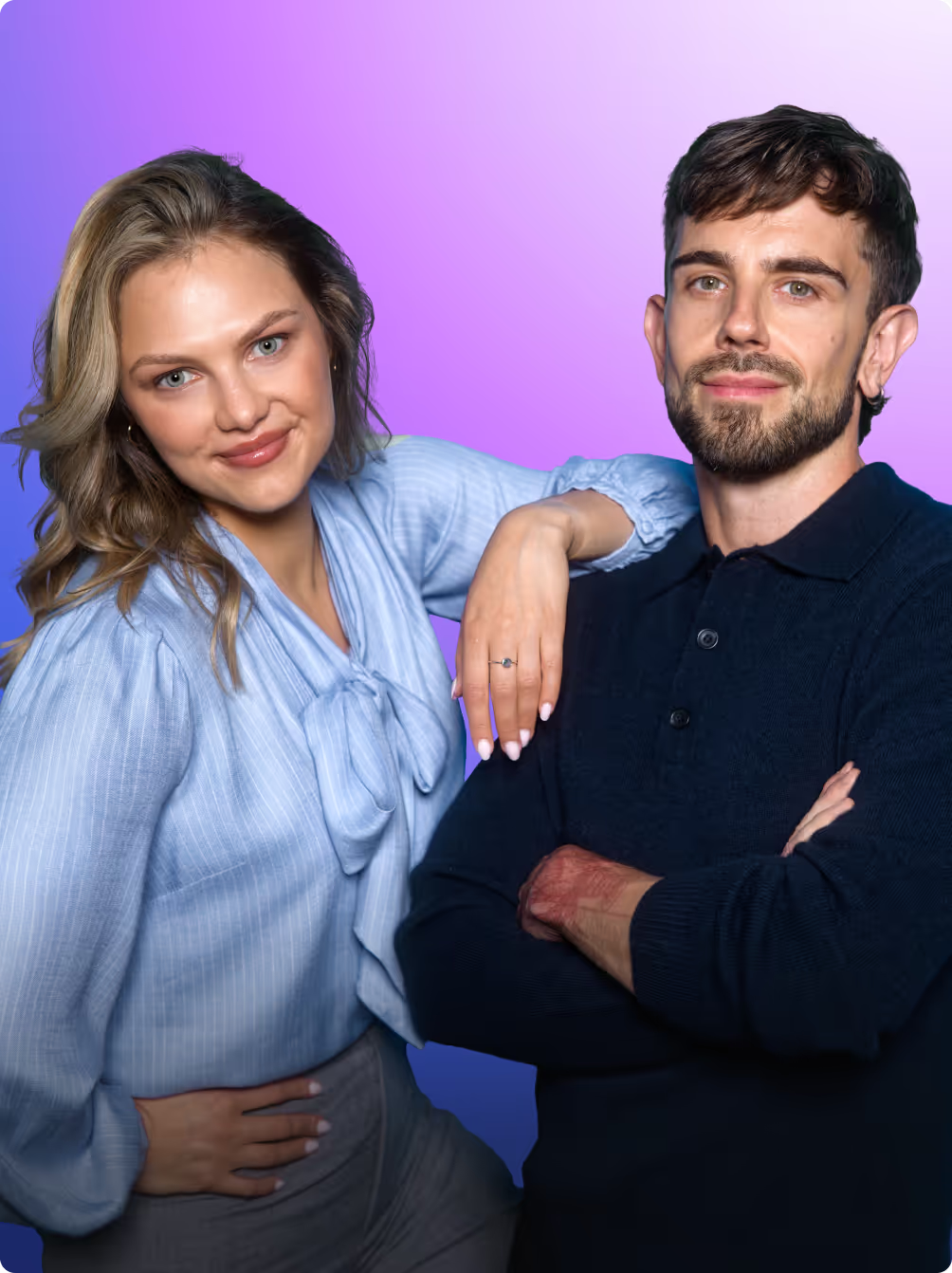UX in Logistics and Transportation
The smooth movement of people and objects is the norm. In order for UX and UI to truly influence the development of your logistics product, it is crucial to individually understand the specific challenges of the industry and apply them to your business. And we know that!


Schedule a free pilot and see what needs to be improved in your product!
During the pilot workshop we will talk about your situation, our UX experts will analyze your situation, and you will see how we work and what value we can deliver! Depending on your needs, we will develop a part of the solution that can immediately bring value.

Companies that have invested in design, including user experience, have twice as much revenue as their competitors.
Key UX Challenges in Logistics and Transportation

Integrating solutions that promote sustainability and CO2 reduction and informing users about the green aspects of logistics operations is extremely important. Maintaining a balance between introducing green solutions and controlling operating costs allows companies to achieve efficient and sustainable results.
Processes, such as returns of purchases or stages of travel, must be simple and intuitive for both consumers and logistics operators such as couriers, drivers or ticket operators. This will help to avoid mistakes on the part of the consumer and improve costs and increase the efficiency of logistics operations.
Logistics systems must be flexible and adapted to the needs of different users, regardless of their role in the supply chain. This means that both managers who manage logistics processes at a higher level and warehouse workers who carry out daily operational tasks should be able to use systems that meet their individual requirements and facilitate their work. As a result, the company can deliver consistent and effective user experiences at all levels of the organization as part of an omnichannel strategy.
Users expect accurate and up-to-date information on the status of their shipments or travel data. Appropriate design of notifications and information must be contextualized so that the user does not waste time and remembers when to take action (pick up a package, go on a trip). It will be crucial to enable product users to analyze and interpret logistics data through clear and interactive visualizations.
Automation, AI and other technologies are changing the face of logistics. Companies need to be ready to implement innovations quickly.
Users should be able to use logistics applications on a variety of devices, including computers, tablets and smartphones. Therefore, it is important to design interfaces in such a way that the components are easily customized with different resolutions.
Warehouse management (WMS) and transportation (TMS) systems are complex, so it is crucial to create intuitive and easy to use interfaces that will be easily adapted while maintaining familiar schemes.
How we work
Our team consists of experienced people who have completed many projects in their career. Your product is always supervised by a person who will make sure that the solutions are carefully thought out.
Design Team in subscription is a model where you receive ongoing care from a dedicated team of designers and researchers. Together with your team, they will build and develop digital products and services. The work of the team is valued at a single, fixed rate. This will help you avoid unforeseen costs, giving yourself predictability and control over your budget.
See projects for the logistics and transport industry
Below you can see the best UX and UI implementations for digital products and services for the logistics and transportation industry. See projects completed by an experienced UX/UI team.

Deliver in Person — Australia's' Uber 'for UX Reward Packages
Frequently Asked Questions
The final result of the workshop will be influenced by its entire course.
Examples of solutions that can be developed:
- a list of solutions with a recommendation of the most optimal choice,
- list of quick-fixes, i.e. small solutions to be implemented already, which can bring value,
- a concrete action plan with a full range of elements to be developed, tailored to your challenge/company,
- describing the proto-persona and your current clients,
- Assumptions of visual directions
- hypothesis design assumptions to be validated,
- a proposal for a model of further cooperation.
Sample Mileage:
- presentation of micro audit,
- analysis of your product prepared by Zima (or competitors, if your product does not already exist),
- creating a list of elements that need to be worked through from your point of view,
- describing the segments (persons) to which you direct your solution. Writing out challenges and problems to address,
- grouping problems to be solved,
- arrangement of selected problems to be solved on the matrix (important/not important, implementation/time-consuming),
- talk about target solutions and those that could be implemented quickly (so-called quick-fix)
A week before the workshop we will meet for a 45-minute preparatory videoconference. Data we may ask you for:
- information about your customers/recipients and their problems
- if you have a customer service department, collect information about what problems customers/users come to them with
- data from analytics, data on people, segments
- Your current business strategy
The Pilot Workshop is a 4-hour meeting where we will jointly identify the problems and challenges of your product or project. During the workshop we will develop one of the solutions for your product. We will also indicate several scenarios of solutions and choose the most suitable, achievable within a certain time and budget. You can entrust the entire project to us or another agency.
Zespół, który realizował projekty w obszarze logistycznym















Ask us any question
If these challenges also face your organization, you can write us a message.



